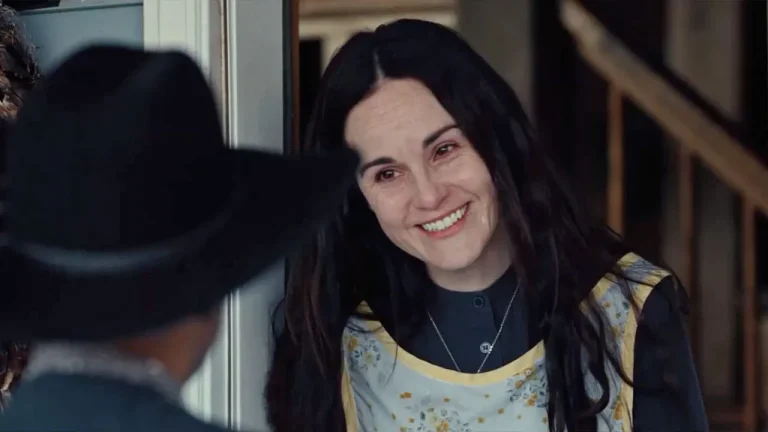Written by Michael Crichton and David Koepp, and adapted from Crichton’s 1990 novel, “Jurassic Park” begins as a cautionary fable about the perils of genetic engineering. But in the hands of American cinema’s most prolific orchestrator of spectacle, Steven Spielberg, it transforms into something far more layered—a soft anti-capitalist allegory, a pulse-pounding sci-fi action thriller, and, at its quietest, a tender story about how care, empathy, and love hold things together when systems collapse.
What emerged was not just a film but a pop-culture icon: one of the most entertaining, immersive, and technically revolutionary mainstream blockbusters of the 20th century. It inspired generations of filmmakers, spawned a sprawling franchise, and set a new benchmark for what the cinematic spectacle could achieve. Beneath its crowd-pleasing sheen lies a plot built on elegant simplicity—philosophically grounded, never intellectually diluted, and populated by characters whose clarity serves the film’s deeper questions rather than dulling them.
But what makes “Jurassic Park” enduringly compelling is its aesthetic sophistication. This isn’t just a well-crafted blockbuster—it’s one of the most visually intelligent films of its kind. The grandeur of its world-building, the seamless fusion of practical and digital effects, and the clarity of its compositions give the film a visual depth that feels both effortless and deliberate. Spielberg doesn’t just show you dinosaurs—he makes you feel the awe, the dread, and the consequence of their return.
Here is our attempt to break down the many dimensions of this beautiful classic.
Jurassic Park (1993) Plot Summary and Movie Synopsis:
On Isla Nublar, a remote island off the coast of Costa Rica, a worker is killed by a Velociraptor during a containment mishap. To appease nervous investors, park founder John Hammond invites paleontologist Dr. Alan Grant and paleobotanist Dr. Ellie Sattler to inspect the island, offering excavation funding in return. They’re joined by chaos theorist Dr. Ian Malcolm and lawyer Donald Gennaro. But behind the scenes, Dennis Nedry—the park’s disgruntled lead programmer—is planning to steal dinosaur embryos for a rival company, triggering a sequence of events that spiral out of control.
How does Jurassic Park bring dinosaurs back to life?
Upon arrival, the guests are stunned by living dinosaurs—Brachiosaurus and Parasaurolophus—roaming the island. At the visitor center, a presentation reveals the science behind their return: DNA is extracted from blood in fossilized amber-trapped mosquitoes. Genetic gaps are patched with DNA from modern animals, mainly frogs, to create viable clones. All dinosaurs are bred female, supposedly eliminating the chance of reproduction. The group witnesses the live birth of a baby Velociraptor—miraculous, yes, but already tinged with unease.
Why do the experts question the ethics of the park?
During lunch, Malcolm slams the park’s reckless ambition. Nature, he argues, can’t be manipulated without consequences. Sattler and Grant echo his unease. Only the lawyer sees dollar signs. Hammond, disheartened, defends his creation as a celebration of discovery—but the warning signs are already glaring. The group sets off on a guided tour in electric jeeps, joined by Hammond’s grandkids, Lex and Tim. Sattler stays back to treat a sick Triceratops. The rest of the tour is underwhelming, with no dinosaurs in sight.
What triggers the collapse of the park’s security systems?
A tropical storm looms. Nedry seizes the moment to disable the security grid and steal embryos. The electric fences go down, and chaos begins. The T. rex breaks free. Gennaro runs and gets eaten. Grant protects Lex and Tim, leading them into the jungle. Malcolm tries to help and is severely injured. Nedry, meanwhile, crashes his car and is killed by a Dilophosaurus before he can escape. Back at the control center, Hammond dispatches Sattler and Muldoon to search for the others. In the jungle, Grant and the kids encounter hatched eggs—proof the dinosaurs are reproducing. The frog DNA used in cloning allows some to change sex spontaneously. Malcolm’s warning echoes: “Life finds a way.”
Jurassic Park (1993) Movie Ending Explained:
How do the survivors fight back once the Velociraptors escape?
With systems down, chief engineer Ray Arnold heads to the power shed and vanishes. Sattler and Muldoon go after him. Muldoon is ambushed and killed. Sattler restores power but barely survives a Velociraptor attack. Grant, Lex, and Tim make it back to the visitor center only to face more raptors. In a terrifying kitchen showdown, the kids outwit one and trap it in a freezer. Lex restores the computer system. As they regroup, two raptors corner them. But just then, the T. rex storms in and kills the raptors—chaos defeating chaos.
Also Read: 15 Best Steven Spielberg Movies
How does the group finally escape the island?
With the raptors dead, Hammond arrives with a jeep. He looks on—shaken and silent—as everyone piles in. Grant tells him about his refusal to endorse the park, to which Hammond replies, “So have I.” They board the helicopter. Grant holds Lex and Tim close, his fear of children now quietly undone. Outside the window, birds fly alongside them—the final reminder that nature doesn’t need resurrection. It never left.
Jurassic Park (1993) Movie Themes Analyzed:
The Hubris of Human Control Over Nature
“Jurassic Park” quietly pivots around Dr. Hammond, who, despite never setting foot in the park during its catastrophic failure, remains the epicenter of its unraveling. Spielberg doesn’t vilify him—he’s no moustache-twirling villain—but he is a capitalist who believes that anything, even nature, can be constructed, contained, and commodified. His vision of nature is one meant to dazzle, not to educate; to astonish, not to understand. For him, science isn’t a pursuit—it’s a showroom. But when the storm hits and the systems collapse, the illusion of control crumbles. The natural world retaliates—not with moral anger, but with indifference.
Spielberg frames this revolt as a cinematic spectacle, where we root for the humans but also accept their defeat as inevitable, even justified. Nature reclaims its agency, and the film treats this as both entertainment and a reckoning. The subplot of genetic control—especially the miscalculated gender engineering—becomes a minimalist but potent refrain: life, unpredictably, finds a way. Every death feels less like a horror beat and more like a cautionary fable. These aren’t random acts of violence—they’re mythic consequences, parables of a humanity that tried to play god and got schooled by its own creation.
Capitalism, Commodification, and the Spectacle of Science
When Hammond reminisces about his old flea circus, it’s not a tender moment but a confession. He once fooled people with illusions, but now, he says, he wants something real. What he fails to realize is that his vision of “real” is still rooted in spectacle. The park is dressed up as a scientific achievement, but its skeleton is business: investors, shareholders, and profit margins. What’s being sold isn’t science—it’s awe, with a price tag.
Gennaro, the lawyer, is less a character and more a caricature of capitalism’s gleam-eyed audience. His gaze is fixed not on the miracle of revived species but on potential revenue streams. He sees dinosaurs as intellectual property, not as living beings—beings that were, for good reason, wiped out by evolutionary forces. That he’s the first to be killed feels deliberate, like Spielberg’s own act of cinematic natural selection.
Then there’s Nedry, the disgruntled techie whose greed makes him betray the system. But his sabotage doesn’t emerge from villainy alone—he’s underpaid and undervalued. Greed drives him, yes, but so does exploitation. Everyone in the park, from the top down, is complicit in a system where science becomes a tool for profit. That corrosion of purpose is all too familiar in our world. “Jurassic Park” doesn’t moralize it—it simply shows what happens when capitalism steps too deep into the lab.
The Ethics of Scientific Resurrection and the Haunting of the Past
Underneath its blockbuster sheen, “Jurassic Park” is a ghost story—except the ghosts are resurrected through science. What happens when we dig up the past not to study it but to sell it? The dinosaurs are not just scientific achievements; they are beings ripped out of their time and thrust into an ecosystem that doesn’t belong to them. They are displaced, disoriented, and ultimately doomed. There’s a quiet horror in that, even beneath the sound of stomping feet and roaring jaws.
The scientists and engineers resurrect these creatures under the illusion that knowledge justifies action. But the film repeatedly suggests that just because we can doesn’t mean we should. There’s an ethical void at the center of the park—a refusal to confront the cost of bringing back what nature chose to leave behind. Malcolm’s famous line—”Your scientists were so preoccupied with whether or not they could, they didn’t stop to think if they should“—is a thesis of its own accord.
And the tragedy is not just that things go wrong. The tragedy is that they were never right to begin with. The dinosaurs are not monsters—they’re victims of human ambition, of a world that cannot sit still, cannot stop digging. Spielberg, through his sleek genre lens, asks a deeply philosophical question: Is resurrection a miracle or a mistake?

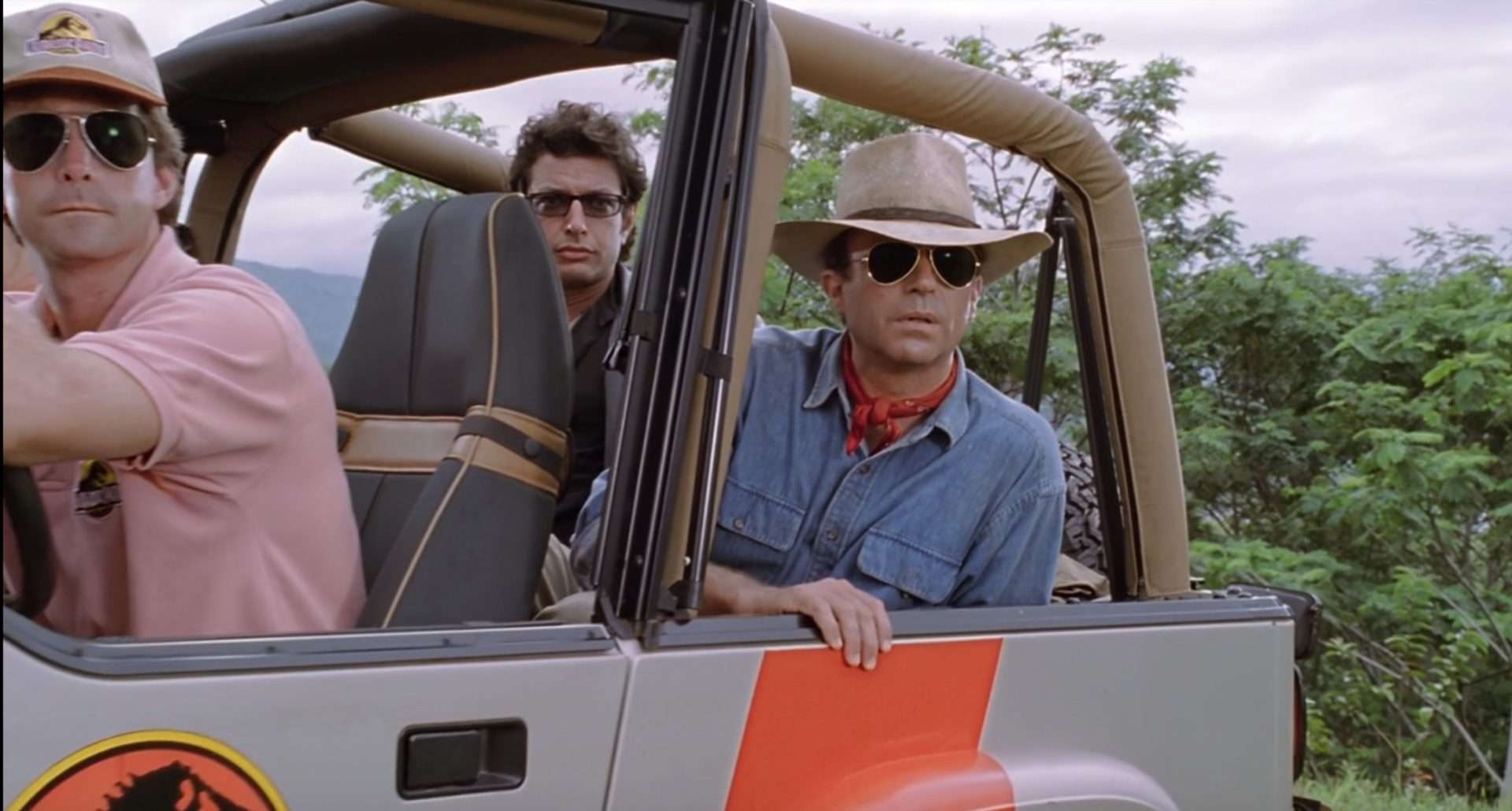
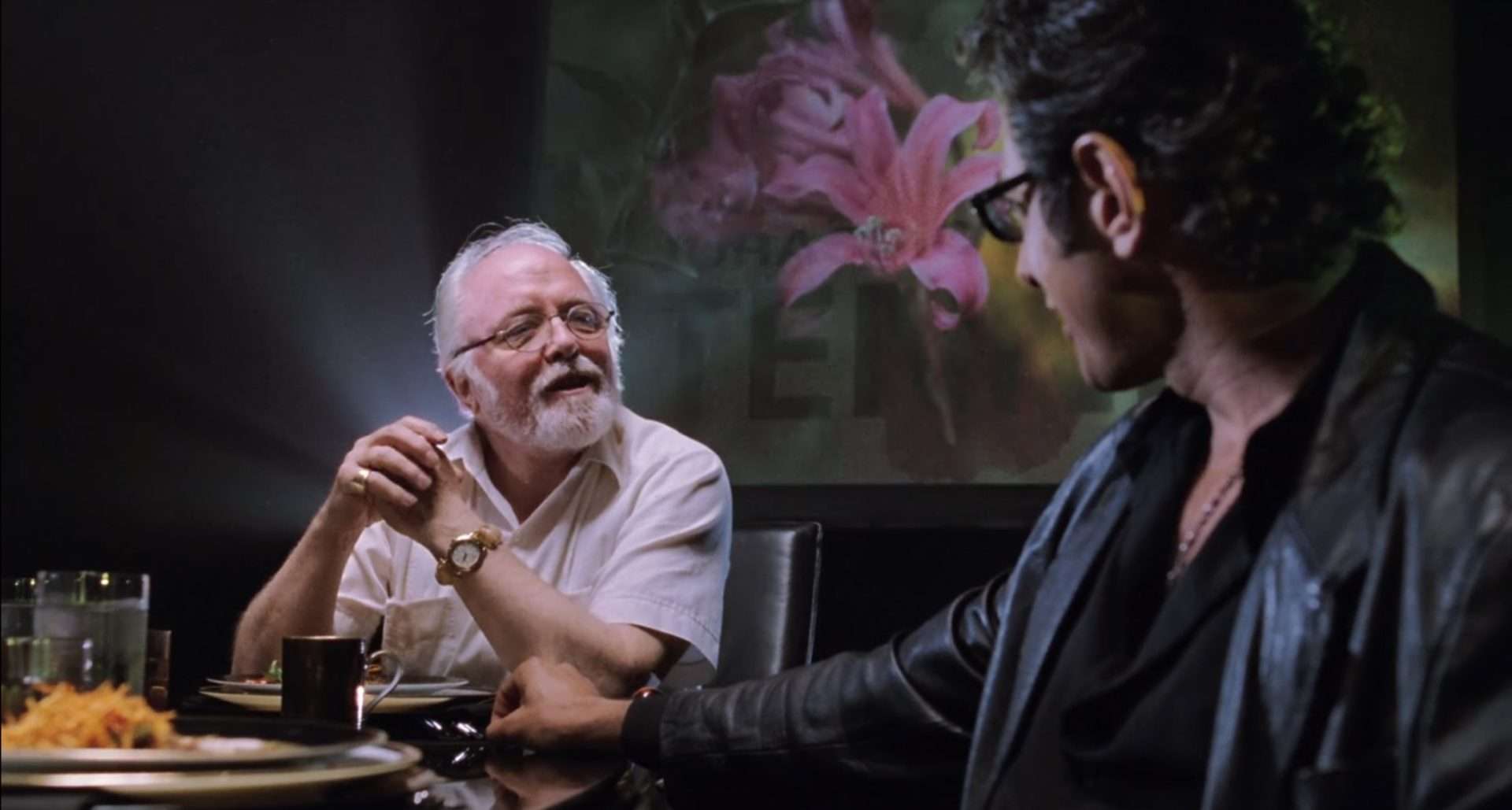

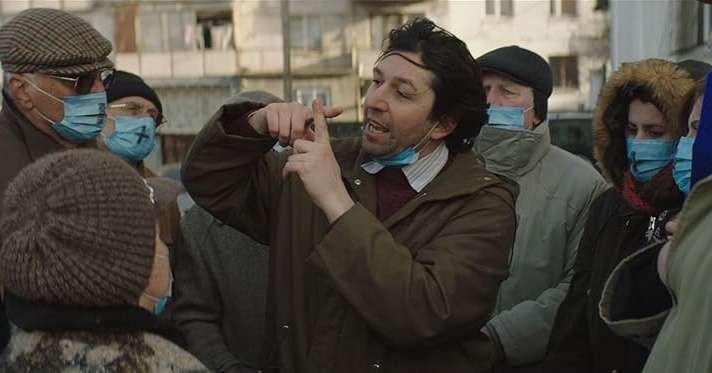
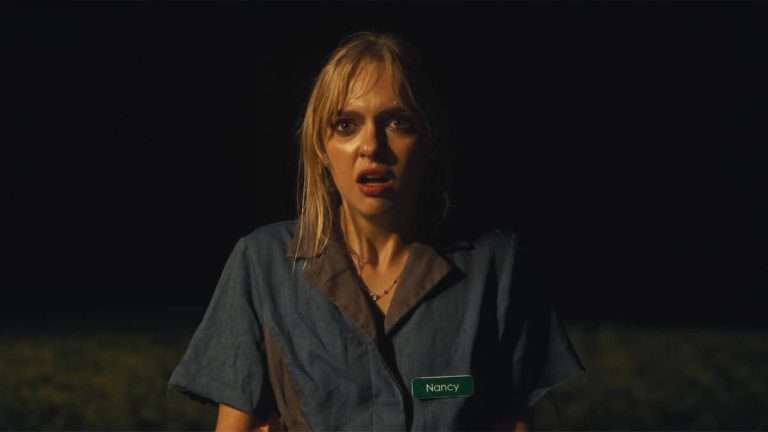
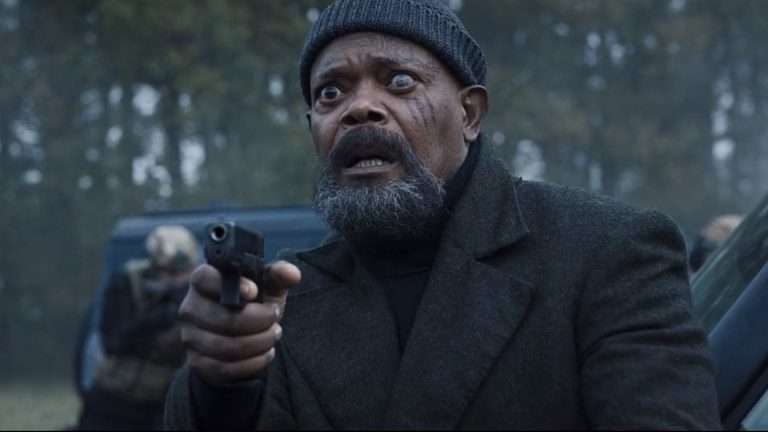
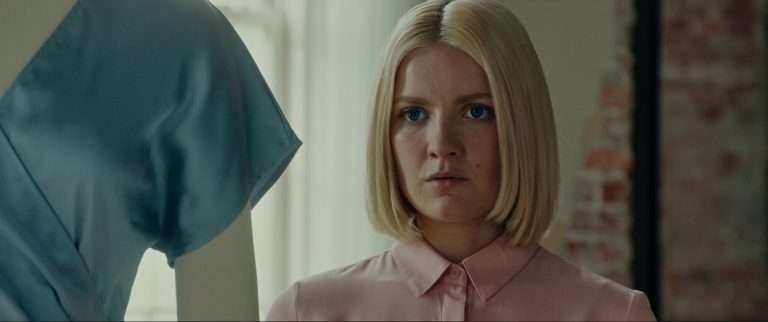
![The Trials of Gabriel Fernandez [2020] Netflix Review – A Shocking Case of Child Abuse, Murder and Institutional Negligence](https://79468c92.delivery.rocketcdn.me/wp-content/uploads/2020/03/The-Trials-of-Gabriel-Fernandez-2020-768x432.jpg)
